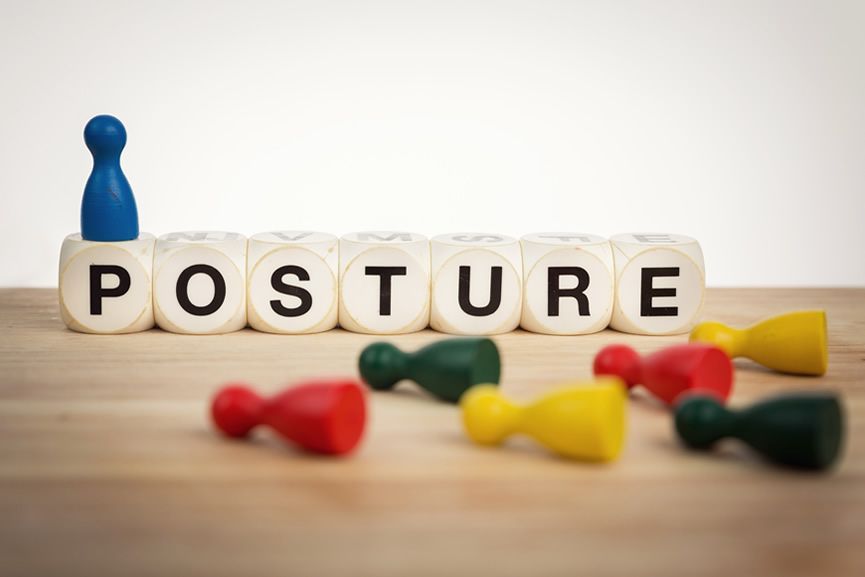School Student Good Posture
March 25, 2025

Parents and caregivers would be all too familiar with the sight of young children lying down whilst completing their school homework. As well, our current generation of students is required to complete a wide range of computer-based activities each and every school day.
Throw in the hard truth; young people use mobile phones, tablets, computers and hand held devices more than any other previous generation. It’s time now to stop and take action. Our children need to be educated on the long-term implications of such constant and repetitive forward head tilting, also known as head/neck flexion. As well, we need to recognize trunk rotation while seated is something to be avoided. The straight spine is a happy spine.
So, we look at success. We see many patients coming into our clinic who have long-term neck and back pain. Often this is the result of a lifetime of poor postural habits. It makes sense to intercept and educate early in life. The old saying ‘prevention is better than cure’ is becoming more widely recognized as the source for better overall health and well being long term.
Tired children, who are suffering muscular discomfort from poor postural habits, will find difficulty concentrating on academic work.
As well, these same children may feel tight in muscles and not motivated for physical activity. It makes perfect sense that a body in peak physical condition is able to function at a high level physically.
The concept of mental and physical function is interrelated and therefore need to be given equal importance.
Physical health in terms of a strong muscular system with great flexibility is key to optimal body function. Going back to posture, we want to ensure steps are taken to build a strong body. This means, components such as strength, flexibility, agility and coordination are incorporated into daily exercise regimes. By nurturing the body as a whole being, we can build a strong and resilient base, which minimizes the risk of muscular imbalances and potential injuries.
Many educationalists see a correlation that does seem to exist – those students achieving great academic success often have similar successes with sport. Whatever the reason for this, it’s important to give our children the best opportunity to succeed in school and at the same time, have a body that doesn’t fail them physically.
Our aim in this blog is to build awareness with our parent bracket on how to establish good posture habits early in life and associated factors that can hinder posture.
How to have good posture?
At the work station:
The desk needs to be the correct height. You will know, as the perfect sitting position will be a straight back, feet on the ground and chair close enough so that the elbows are comfortably bent.
We recommend books and notebooks be positioned in the following manner:
If the child is left handed, books go to the right
If the child is right handed, books go to the left.
When the child writes, the arm and wrist should be supported on the desk so that the pen can be held correctly for long periods of time.
Good posture improves the learning process. If the chair is too high, there is more pressure on the thigh, making the child move forward so as to balance with the feet on the ground. Similarly, if the chair is too small, the child will tend to sit heavily on the tailbone and assume a slumped position.
During free time:
Incorporate a variety of physical activities on a regular basis.
Be aware that repetitive physical activities can lead to overuse injuries. Preferably vary sports and activities so that the body can benefit from developing a number of physical fitness components (for example, strength, flexibility, coordination, agility, stamina and balance)
In order for continued participation and enjoyment, it is vital that children have a say in the activities they do.
Probably most importantly of all remember that children are our best observers, if you are getting active, they will most likely follow suit ☺
Further reading can be done at:
Australia’s Physical Activity and Sedentary Behaviour Guidelines
http://www.health.gov.au/internet/main/publishing.nsf/content/health-pubhlth-strateg-phys-act-guidelines
Here’s to better back care for our children ☺
Interested in discussing further, please feel free to call our clinic and feel free to book your child in for a posture check
To learn more about our services, visit our homepage.
